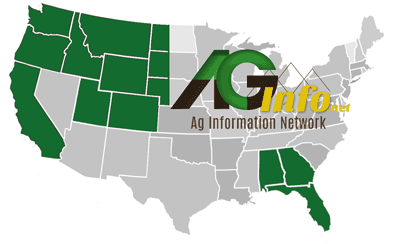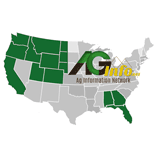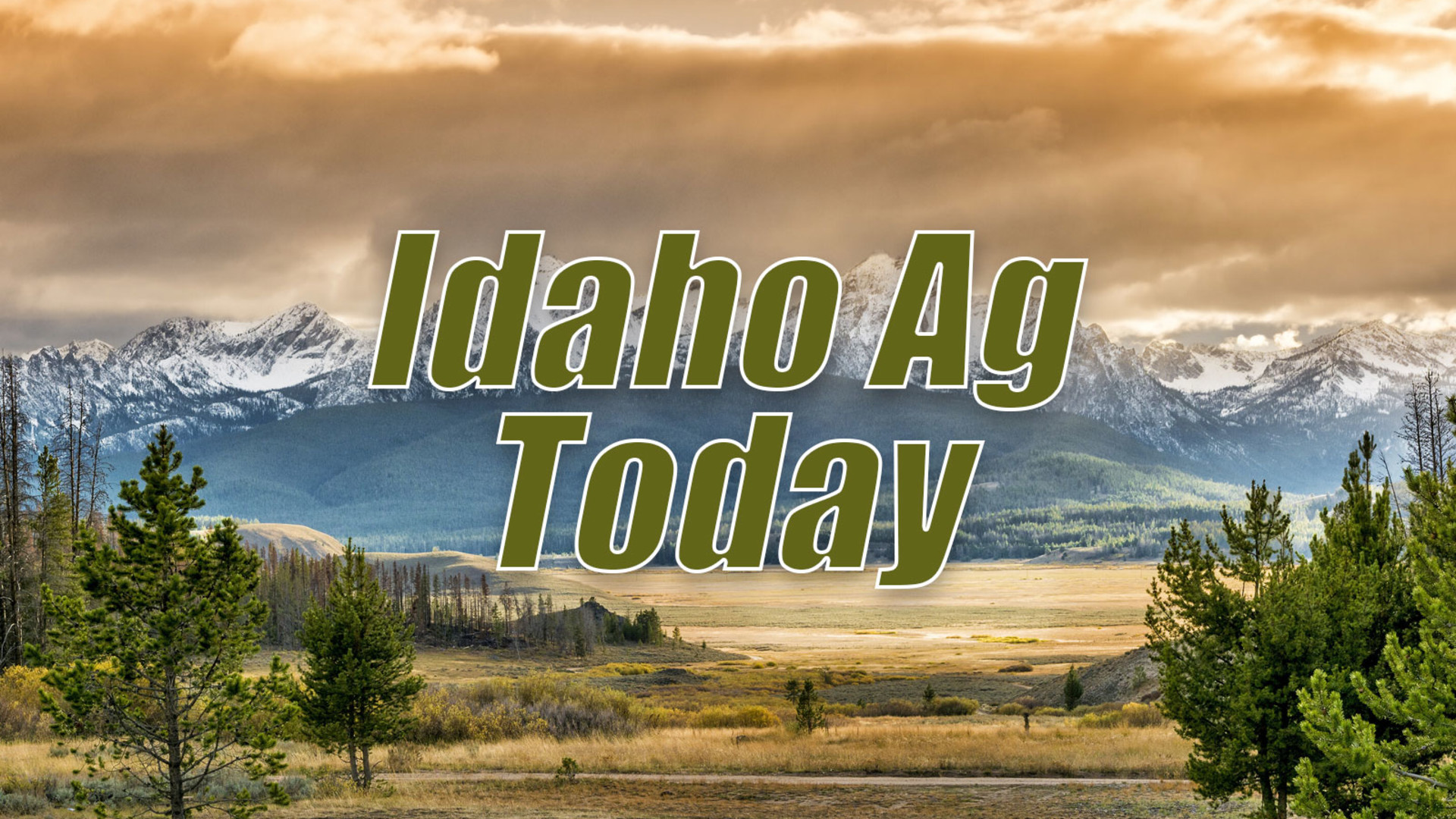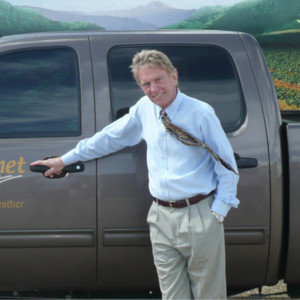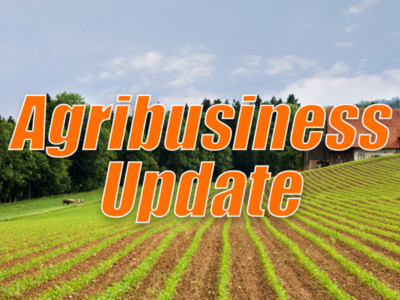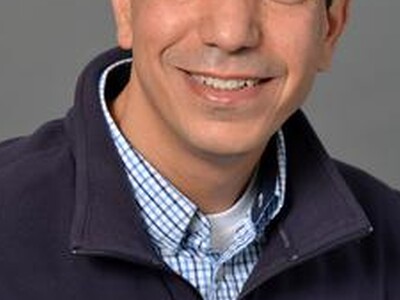Soil Ecotron
Scientists know very little about deep soil. University of Idaho researchers are building a facility they believe will change that.With help from a $19 million grant from the U.S. National Science Foundation, the University of Idaho is building a Deep Soil Ecotron that will allow scientists to study soil at depths of up to 10 feet.
Most soil research now looks at the first foot or so of soil.
Deep soil – further below the ground than the first few feet of soil – is one of the last research frontiers, says U of I Professor Michael Strickland, the project’s lead principal investigator. It’s akin to studying space or the ocean floor, he adds.
“It really is a one-of-a-kind facility,” he says. “This is the only deep soil ecotron in existence.”
A focus on the top foot of soil is really what has driven the science on soil research, Strickland adds.
“It’s just this real big opportunity to explore soils like we’ve never explored them before,” he says.
“If you have an idea, you can come in here and test it out,” says Zachary Kayler, an assistant professor of soil and water systems and co-director of the project. “That’s what this facility is really about. I have lots of questions about soil that I want to answer specifically and that’s exciting.”
The $25 million Deep Soil Ecotron will contain up to 24 “eco-units” which will basically be huge columns used to study soil cores. They will include above-ground plants and below-ground organisms such as insects and microbes.
These eco-units will allow researchers to control a range of variables, from temperature to water to exposure to carbon dioxide.
The nine-ton eco-units, known as lysimeters, will be heavily instrumented and give researchers the ability to control environmental conditions such as temperature, soil moisture and gases. According to university officials, these lysimeter units should be fully installed this fall and the project should be completed and ready to accommodate research projects by the fall of 2026.
The ecotron, which will accommodate soil temperatures ranging from 23 degrees to 104 degrees, is located in the J.W. Martin Laboratory on U of I’s Moscow campus.
Researchers will be able to monitor experiments in real time and manipulate variables within lysimeter units remotely using their cell phones.
Kayler says the facility’s ability to control environmental conditions will allow researchers to do all kinds of experiments, such as accelerate seasonal cycles so they can test several different varietals within one year.
Kayler says scientists could also “go back in time” and recreate previous conditions, such as drought or a really wet year, and see if the actions taken by farmers to mitigate these conditions were helpful or not.
“Being able to control these systems, through time, is really an awesome part about this facility,” he says.
Strickland says the work done at the ecotron could result in all types of possible benefits to farmers and ranchers, including how to make sure fertilizer applied to the soil isn’t wasted.
“That comes down to the bottom line for … farmers,” he says.
Farmers are constantly being told about a variety of products they can apply that will improve yields or soil, Strickland says. “We can test that here to see … what are the things that are cost-effective and what are the things that are not.”
CALS Dean Leslie Edgar told Idaho Farm Bureau Federation that the Deep Soil Ecotron will greatly expand the college’s applied research capability and enable simultaneous examination of the atmosphere, soil, and plants in real time, in one location.
“The (ecotron) provides a long-term strategy for us to better understand and manage our soils not just in Idaho but across the U.S. and beyond,” she said. “We know that by better understanding the biological processes in our deep soils that represent intact ecosystems will allow us to better provide insights and recommendations to our farmers and ranchers….”
Edgar said the facility will allow researchers “to make more precise recommendations to our producers based on specific science.”
In late May, the university held a soft opening for the facility. In attendance were dozens of researchers from U of I, as well as other universities that will help create a national network of scientists who will conduct experiments at the facility.
Michael Parrella, who in June retired as dean of U of I’s College of Agricultural and Life Sciences, told these researchers that the ecotron facility will help scientists address some of the most important issues that farmers and ranchers face, including soil health and water use.
“There’s no question soil and water will be two of the biggest issues facing Idaho and Idaho agriculture in the future,” Parrella told the participants. “This facility will put Idaho on the map as a global leader in soil research.”
Allowing farmers to minimize inputs while maximizing yields and profit will be a main goal of the facility, he says.
There are only 13 ecotron facilities in the world and none go close to the soil depths planned at the U of I facility, according to U of I officials, who say that plans are also in the works to use the ecotron to evaluate imaging technology using soundwaves to detect objects such as tree roots below ground without having to dig.
North Idaho farmer Robert Blair, who serves on the CALS soil and water systems advisory board, says he attended the soft opening to show support for the university’s vision for the ecotron.
As a farmer, he is hopeful the work done at the facility will help answer some important agronomic questions.
“We almost know more about the surface of the moon or our oceans than we do about our soils,” he says. “As a grower, I am extremely excited about the potential this facility has to help us better manage our farming practices. It will allow us to obtain answers to questions farmers have been asking for a long time.”
Ecotron scientists began collecting the first soil samples for the facility around the state this summer.
“This is going to be really exciting,” Strickland says.
